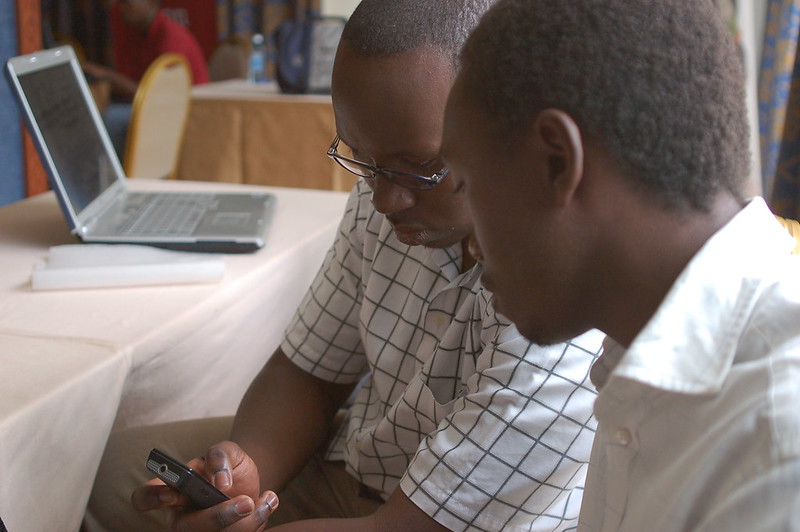 The currency of creativity is one far removed from the ebb and flow of exchange rates and recessions. Yet, with 40% of sub-Saharan Africa’s population living on less than $1.90 per day in 2018, the pursuit of creative aspirations remains a rare luxury. TikTok took the initial step with Rising Voices in South Africa in 2021, laying the foundation for the African Creator Hub.
The currency of creativity is one far removed from the ebb and flow of exchange rates and recessions. Yet, with 40% of sub-Saharan Africa’s population living on less than $1.90 per day in 2018, the pursuit of creative aspirations remains a rare luxury. TikTok took the initial step with Rising Voices in South Africa in 2021, laying the foundation for the African Creator Hub.
Creativity and Poverty
The African Creator Hub, born from the Rising Voices initiative, commits itself to fostering and empowering emerging African creators. Its mission is to enable these individuals to harness their creative expressions on the platform, paving the way for sustainable careers. In April 2023, the Hub proudly celebrated its inaugural cohort of 28 graduates.
In a strategic partnership with Wowzi, the African Creator Hub has emerged as a dynamic force against poverty in sub-Saharan Africa (SSA). The hub facilitates the monetization of social media, imparts technological skills tailored for the digital economy and enriches the content of African Creators for potential collaboration with global brands. As a result, it extends income-generating opportunities to those without formal education or conventional employable skills.
This is an inspiring narrative helping to set the precedent for young people in SSA that sustainable and enjoyable careers can be found regardless of education and experience. This new approach to breaking the cycle of poverty is aspirational and appears to be accessible in equal measure.
Opportunities such as brand collaborations also bring with them long-term economic benefits. Content creators open the door for global brands to put down roots in their home countries in SSA, as the buzz of sponsored content stimulates new markets and global trade.
This is mutually beneficial for brands and developing countries alike.
Transformative Talent
Creators enrolled in the African Creator Hub receive rigorous training in creating competitive, “algorithm-friendly” content, along with access to valuable resources and connections in industry and social media. Moreover, such resources and connections are the first steps in being able to create monetizable content and access the broad array of financial and social opportunities that such creation brings.
This toolkit empowers creators in sub-Saharan Africa (SSA) to cultivate substantial and dynamic followings, attracting brand collaborations, sponsorships and other financial avenues. As a result, the African Creator Hub enables SSA creators to utilize their passions to rise above the poverty threshold.
The program’s remarkable success in creating life-changing career opportunities based on creative content has led to plans for expansion. Boniswa Sidwaba, TikTok’s head of content programming in Sub-Saharan Africa (SSA), emphasized in a statement to TikTok Newsroom in April 2023 that there are expectations for the initiative to extend its reach throughout SSA in the coming years.
Stories of Success
Success stories are rooted in individual narratives. One such example is Catherine Jepkemboi from Kenya, recognized by her social media alias ‘minicheps.’ Her unique approach to capturing Kenyan culture through photographs, such as braiding hair and cooking miniature-scale food, earned her a recent graduation from the African Creator Hub.
For Jepkemboi, this accomplishment marks just the beginning. In fact, her groundbreaking success in creating TikTok shorts with more than 19 million views has redefined strategies for addressing poverty and unemployment. These challenges are particularly acute in Kenya, where the Kenya Poverty Report classifies 2.8 million nationals as living in ‘hardcore/extreme’ poverty.
Despite never completing her education, Jepkemboi, along with her two children, managed to escape poverty’s grasp. A borrowed camera, a creative vision and unwavering determination transformed her life’s trajectory.
Elevated to the role of her family’s primary breadwinner through content creation, Jepkemboi’s success allowed her to send her son to school. Her influence has grown to the point where she received the prestigious 2022 Pulse Influencer Award and regularly engages with national media. Her process, however, remains a well-kept secret.
The Journey Forward
Overall, the success stories highlight where the African Creator Hub plays a crucial role. Beyond lifting creators from poverty, it equips them with the skills needed to innovate, connect and inspire others. The hub serves as a steady guide, steering creators toward paths of empowerment, connectivity and shared inspiration.
– Izzy Grout
Photo: Flickr

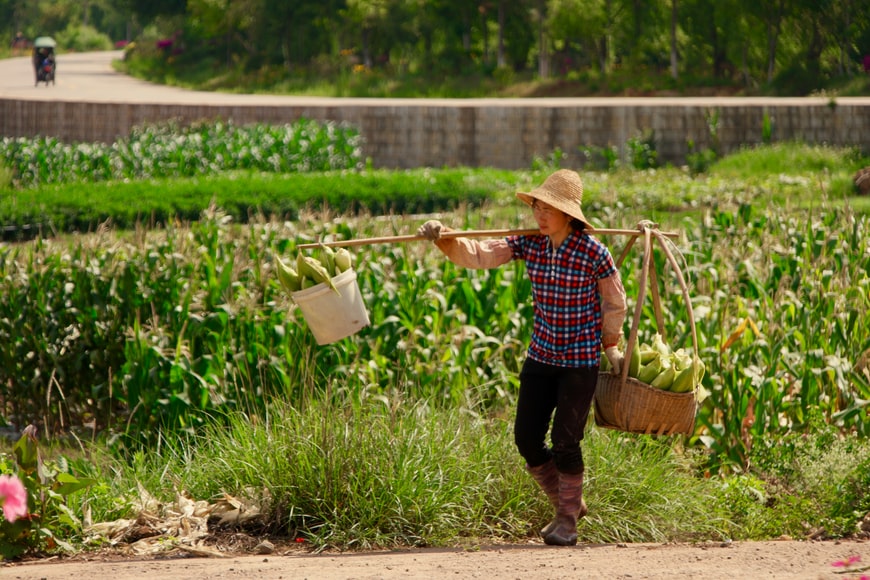 Social media app TikTok has turned some rural farmers in China and India into content-creating celebrities. The platform also provides many people with considerable income, giving some farmers an escape from poverty. However, it is uncertain whether this form of agricultural entrepreneurship will become widespread.
Social media app TikTok has turned some rural farmers in China and India into content-creating celebrities. The platform also provides many people with considerable income, giving some farmers an escape from poverty. However, it is uncertain whether this form of agricultural entrepreneurship will become widespread.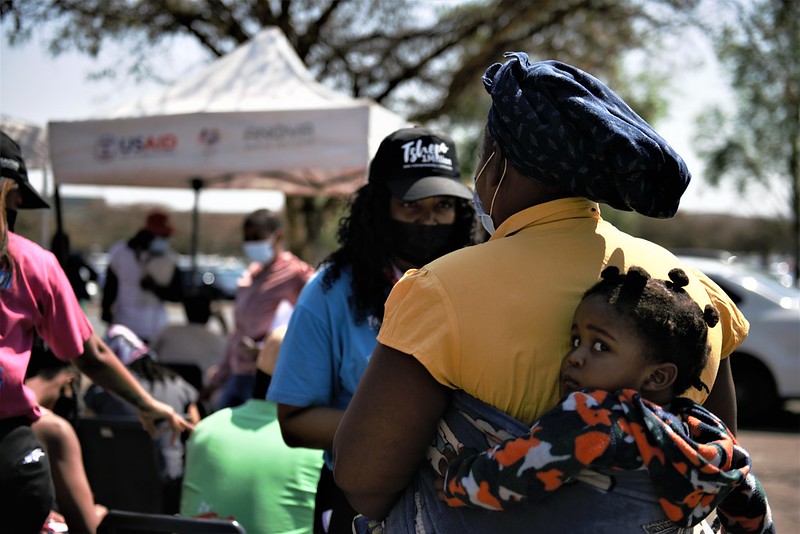 African governments have struggled to vaccinate their populations, which has become more imperative with recent surges of COVID-19 in the continent and more variants arising as time passes by. As of September 2021, less than
African governments have struggled to vaccinate their populations, which has become more imperative with recent surges of COVID-19 in the continent and more variants arising as time passes by. As of September 2021, less than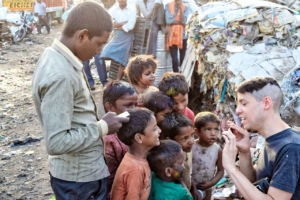
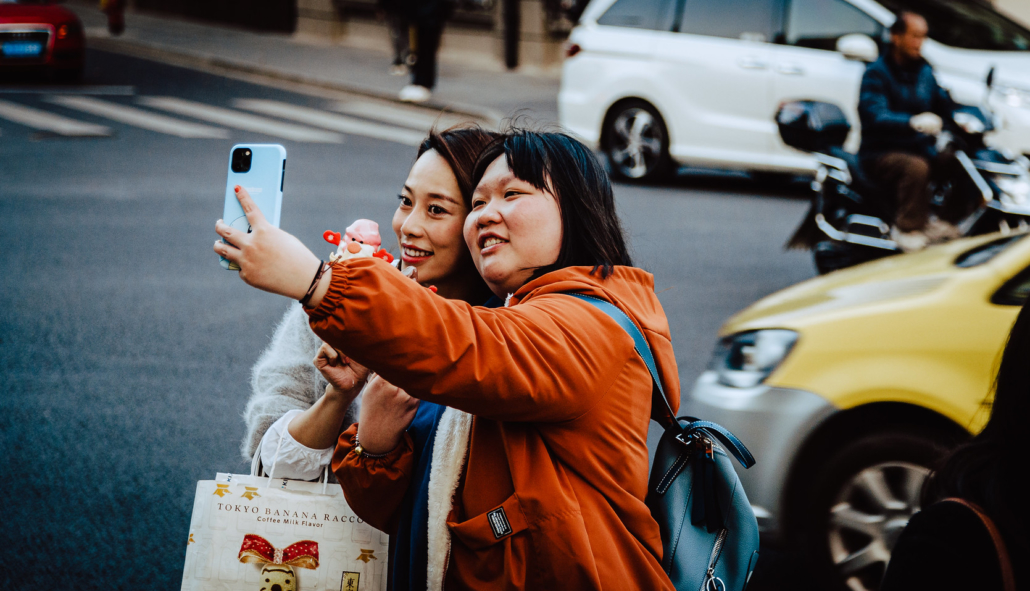 When the novel coronavirus (COVID-19) first emerged in Wuhan, a metropolitan city located in China’s Hubei province, the Chinese government took strict measures to contain the infection. Less than two weeks after the first recorded death linked to COVID-19 occurred, Chinese authorities declared
When the novel coronavirus (COVID-19) first emerged in Wuhan, a metropolitan city located in China’s Hubei province, the Chinese government took strict measures to contain the infection. Less than two weeks after the first recorded death linked to COVID-19 occurred, Chinese authorities declared 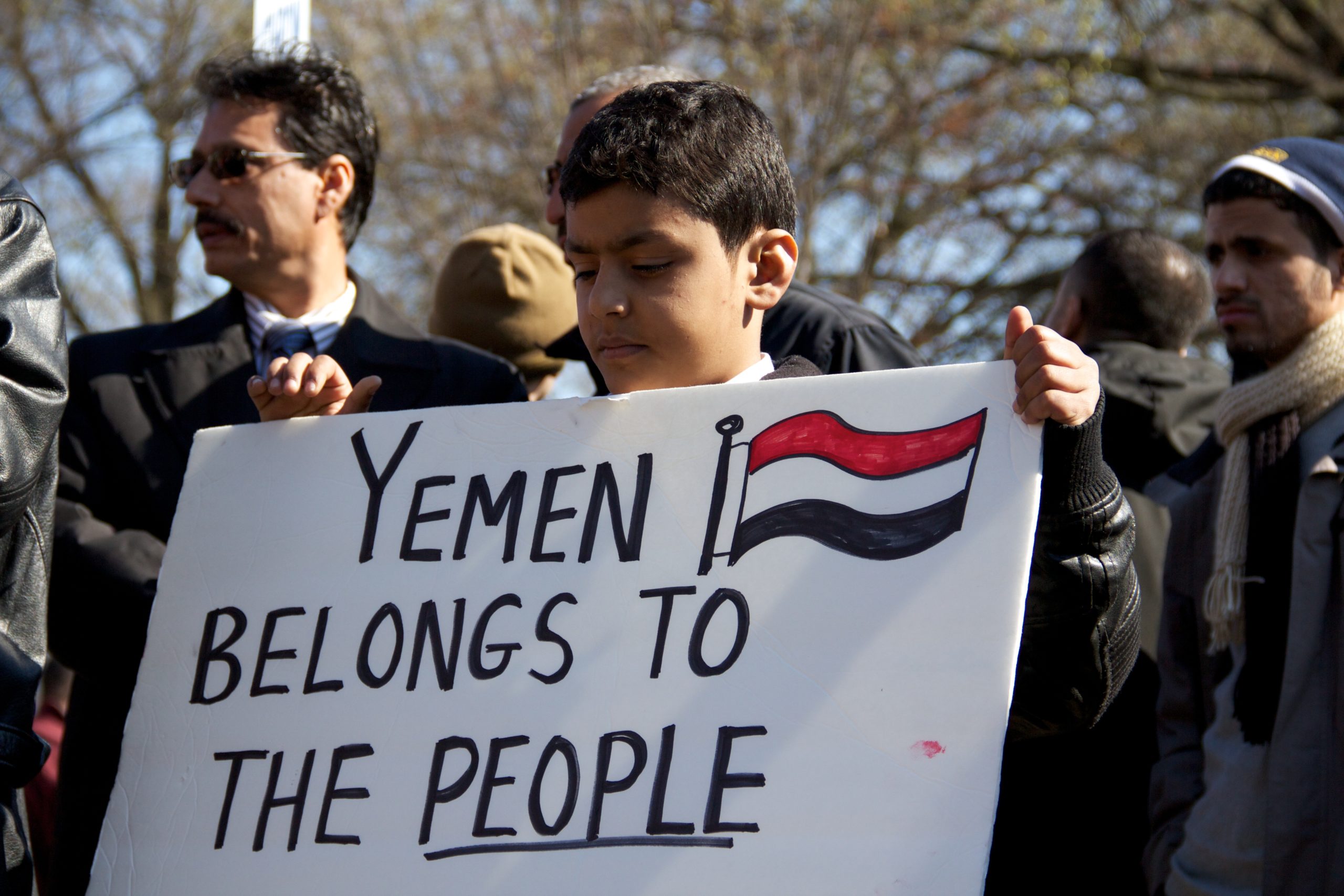 Generation Z has grown up in a time of endless war, online activism and extreme cultural change. With unlimited access to the internet, many Zoomers have become adept with technology. They often use the internet to self-educate on important topics and become more globalized people. Generation Z has channeled their frustration in society into online activism, creating an international movement of social awareness.
Generation Z has grown up in a time of endless war, online activism and extreme cultural change. With unlimited access to the internet, many Zoomers have become adept with technology. They often use the internet to self-educate on important topics and become more globalized people. Generation Z has channeled their frustration in society into online activism, creating an international movement of social awareness.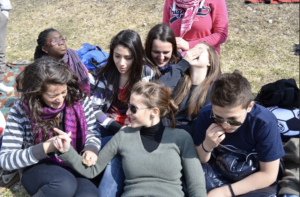 Yemen’s humanitarian crisis is routinely categorized as the
Yemen’s humanitarian crisis is routinely categorized as the 
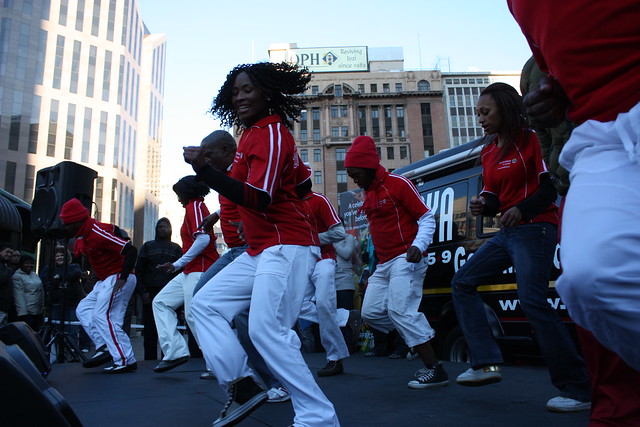
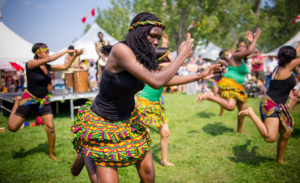 It is not always easy to capture the attention of political leaders. Often, inspiring action requires a creative approach, unique storytelling and personal anecdotes. In May 2019, the United Nations’ International Fund for Agricultural Development (IFAD) launched a dance challenge on TikTok called #DanceforChange designed to do just that. The award-winning choreographer Sherrie Silver paired up with African recording artist Mr. Eazi to use the immense power behind dance and self-expression to communicate the need for increased agricultural investment; this will play a significant role in the
It is not always easy to capture the attention of political leaders. Often, inspiring action requires a creative approach, unique storytelling and personal anecdotes. In May 2019, the United Nations’ International Fund for Agricultural Development (IFAD) launched a dance challenge on TikTok called #DanceforChange designed to do just that. The award-winning choreographer Sherrie Silver paired up with African recording artist Mr. Eazi to use the immense power behind dance and self-expression to communicate the need for increased agricultural investment; this will play a significant role in the